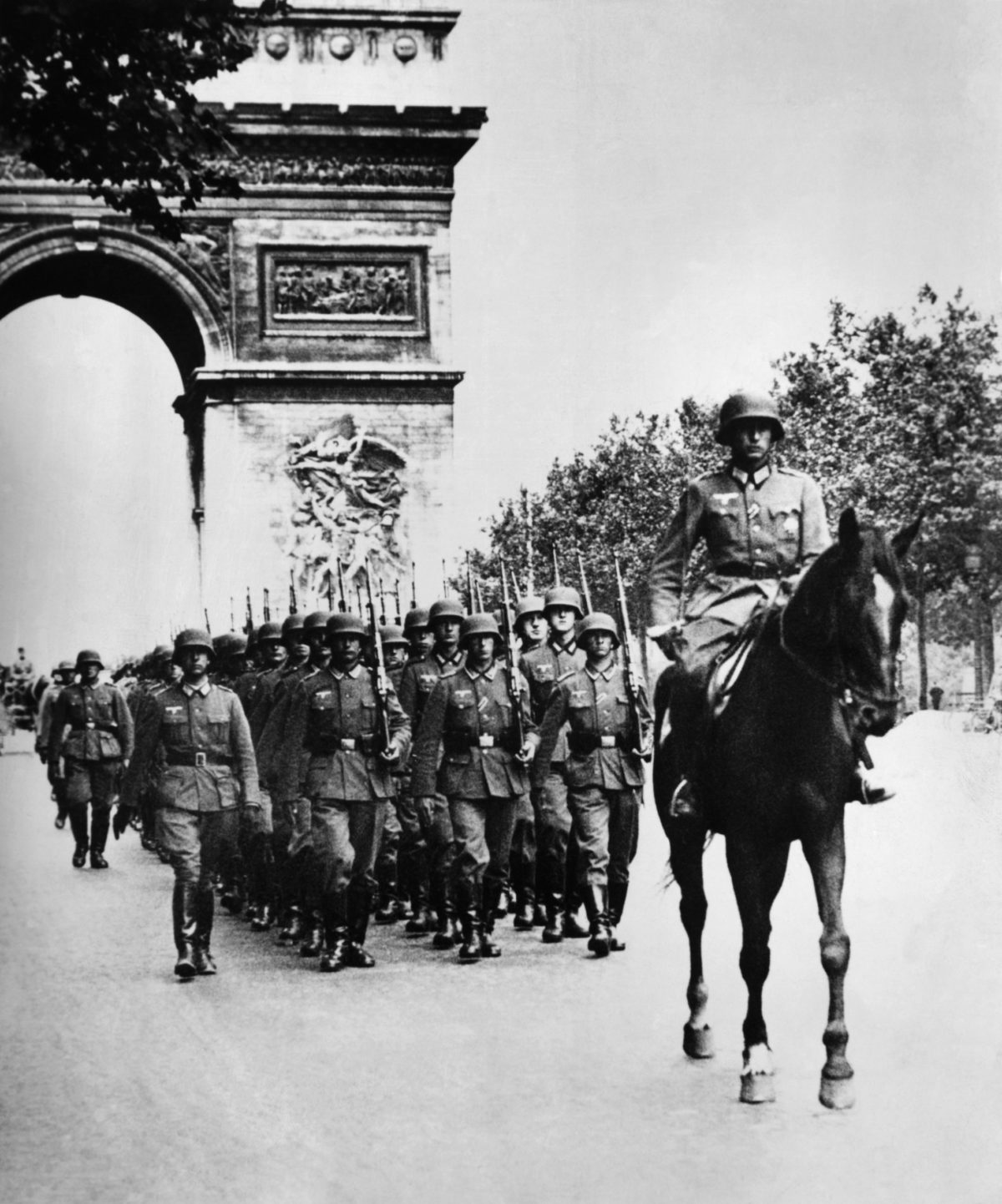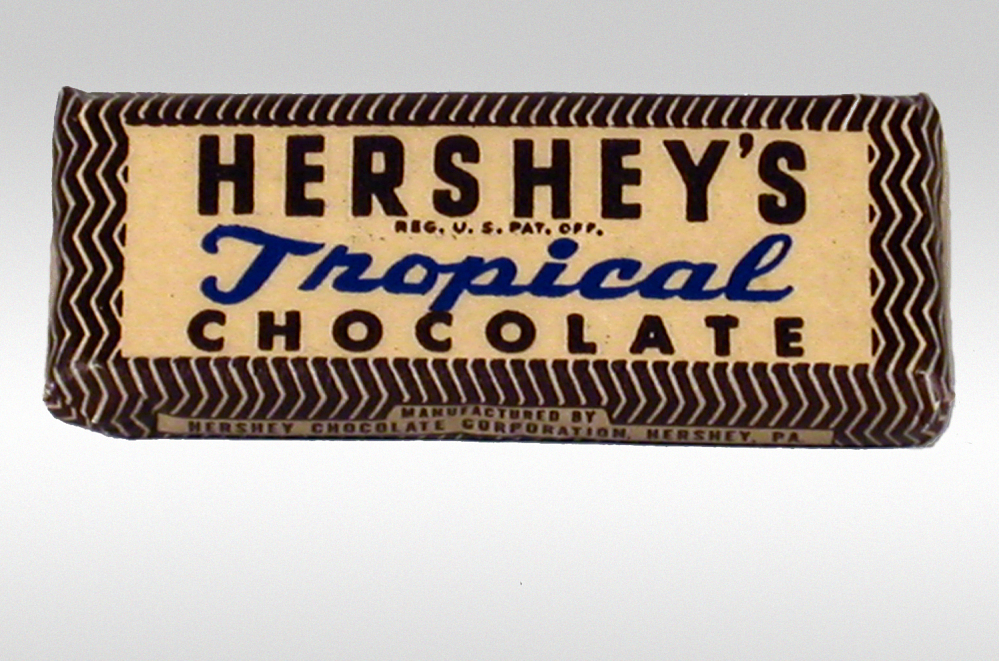If one were to wonder what motivated Hitler’s notoriously stone-hearted, goose-stepping Nazi soldiers, such obvious options as hate and bigotry might come to mind.
But in truth, Nazi soldiers were fueled, in the most traditional sense of the word, by methamphetamines.
While Nazi ideology was firmly antidrug, according to TIME (in an excerpt adapted from “Killer High: A History of War in Six Drugs” by Peter Andreas), an exception was made for speed. Other drugs, like opium, were associated with being weak — something Hitler and his followers abhorred.
“We don’t need weak people,” Hitler declared. “Only the strong.”
Recommended for you
Drugs For the Nazi Home
Unlike drugs taken for escapist purposes, methamphetamines made their users feel more alive — faster, stronger versions of themselves.
It wasn’t just the Germans who were relying on amphetamines during the war. In fact, it was America’s success with a similar drug, Benzedrine, in the 1936 Olympic games that inspired German chemist Fritz Hauschild to attempt to develop his own version. A year later, the first German methylamphetamine, Pervitin, was patented, according to The Guardian.
As the war progressed, Hitler commanded his nation to be constantly alert, using slogans such as “Germany, awake!” to drive home the message. The people responded, making Pervitin, initially available without a prescription, a bestselling drug.
Those in all walks of lives benefited from the bold, energized feeling bestowed upon them courtesy of amphetamines — making the ideal Aryan superhuman stereotype seem achievable.
The chocolate company Hildebrand went as far as to create amphetamine-spiked chocolates. Marketed to housewives, the women were advised to eat two or three before doing their housework. Not only would their chores get done in no time at all, they’d lose weight in the process.
GET HISTORY’S GREATEST TALES—RIGHT IN YOUR INBOX
Subscribe to our Historynet Now! newsletter for the best of the past, delivered every Wednesday.
Nazi Meth on the front lines
But if amphetamines were life-changing for housewives, one can only imagine their effect on Nazi soldiers, the group who relied the most on Pervitin.
It was Otto Ranke, director of the Research Institute of Defense Physiology, who was largely responsible for the drug’s presence on the battlefield. It was his plan to defeat the enemy with superpowered soldiers who didn’t need to stop for sleep or food, enhancing feelings of aggression and lowering inhibitions.
Ranke, a daily user himself, wrote that he believed Pervitin would be “an excellent substance for rousing a weary squad … We may grasp what far-reaching military significance it would have if we managed to remove the natural tiredness using medical methods.”
In his wartime letters and records, Ranke wrote about working for 36 to 50 hours at a time with no noticeable fatigue, and a growing number of officers began following suit.
Pill-popping poland invasion
But it was Germany’s invasion of Poland in September 1939 that served as the drug’s first actual test on the battlefield to history-making effect.
Not only were 100,000 Polish soldiers killed in the attack, but the invasion ushered in a new form of warfare known as blitzkrieg, or “lightning war,” a surprise attack overwhelming the opponent with quick, mechanized force. All about precision, concentration and unrelenting power, the blitzkrieg approach had no room for fatigue or error. Hence the value of a substance that obliterated fatigue and heightened concentration. According to medical historian Peter Steinkamp, “Blitzkriegwas guided by methamphetamine. If not to say that Blitzkrieg was founded on methamphetamine.”
In early 1940, Pervitin was made available by prescription only so as to ration the drug for soldiers. Between April and July 1940, German servicemen were given over 35 million methamphetamine tablets. There were even amphetamine-laced chocolate bars given to tank crews known as Fliegerschokolade (“flyer’s chocolate”) and Panzerschokolade (“tanker chocolate”). In April 1940, the German High Command issued a “stimulant decree” telling medical officers how to dispense Pervitin to their men: two pills to be taken once the advance started, after 12 hours another pill, then after 12 hours another pill.
“They dispensed it to the line troops,” according to historian Shelby Stanton. “Ninety percent of their army had to march on foot, day and night. It was more important for them to keep punching during the blitzkrieg than to get a good night’s sleep. The whole damn army was hopped up. It was one of the secrets of blitzkrieg.”
Did Drugs give the Nazis Victory over France?
In his book “Blitzed: Drugs in the Third Reich,” German author Norman Ohler attributes the Nazi victory in the Battle of France to Pervitin.
“Hitler was unprepared for war and his back was against the wall,” Ohler told Al Jazeera. “The Wehrmacht was not as powerful as the Allies, their equipment was poor and they only had three million soldiers compared with the Allies’ four million.
“Soldiers were awake for days, marching without stopping, which wouldn’t have happened if it weren’t for crystal meth so yes, in this case, drugs did influence history.”
Hitler: the Ultimate addict
Meanwhile, the Führer himself went from having the reputation of a health fanatic to becoming a leader in drug abuse.
Ohler told NPR that he could identify “three phases” of Hitler’s drug use. It started harmlessly enough, with vitamin and hormone injections meant to help achieve Hitler’s superior health. But after falling ill in 1941 and experiencing the instant healing effects of an opiate injection, Hitler began asking for the substance regularly. By 1943, the “heavy opiate” phase had begun, with Hitler becoming dependent on a drug called Eukodal. It’s active ingredient? Oxycodone.
Hitler also most likely became addicted to cocaine when it was prescribed to him, at first to numb the pain resulting from his ears being damaged in the July Plot, then to treat headaches and the pressure he felt in his head. When the Merck Company in Darmstadt was destroyed by British air raids in December 1944, Hitler was no longer able to get his multiple fixes.
“I believe that Hitler’s deteriorating health in 1945, when he was in the bunker in Berlin, that wreck of a man that we can witness in certain photos or in that footage that came out of that time, is due to withdrawal symptoms,” Ohler told NPR.
Other Drug-Fueled Armies
While World War II was a particularly pharmaceutically enhanced war, it wasn’t the first time soldiers turned to substances for power and it wouldn’t be the last.
From Viking berserkers whose violent trance-like style of combat was likely due to the consumption of “magic” mushrooms, to rampant painkiller and amphetamine addiction in the Vietnam War, to the use of Syrian amphetamine Captagon in the Middle Eastern conflicts, there’s no question that those on the front lines have been turning to psychoactive substances for centuries.
The North Korean military, according to defectors, handed out methamphetamines to soldiers in the years following World War II, reported The New York Times. The drug is now so popular and commonplace in North Korea that it was considered a trendy Lunar New Year gift as recently as 2019.
There’s no question that World War II might have looked drastically different without amphetamines. Those same qualities prized by Nazi soldiers — confidence and speed — are seen as necessary for success today as they were decades ago.
historynet magazines
Our 9 best-selling history titles feature in-depth storytelling and iconic imagery to engage and inform on the people, the wars, and the events that shaped America and the world.








